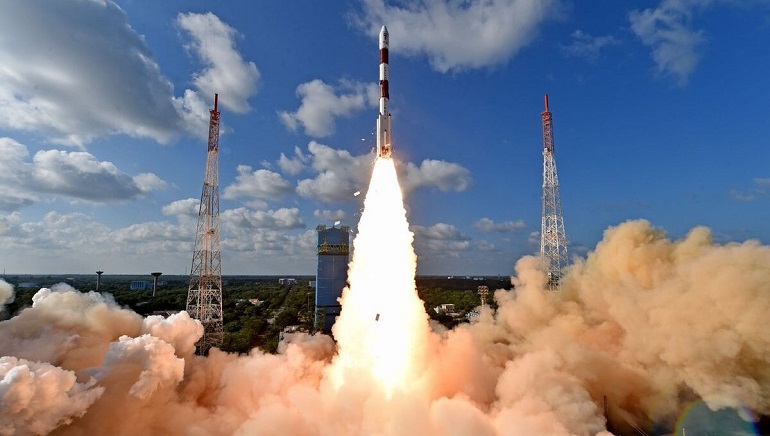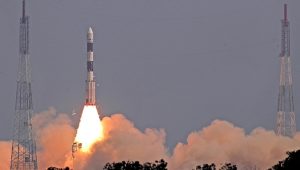Bengaluru-based Indian space technology start-up, Pixxel will launch its third hyperspectral satellite, Anand, onboard ISRO’s Polar Satellite Launch Vehicle (PSLV) from Sriharikota spaceport on Saturday.
The hyperspectral microsatellite – with weight less than 15 kg and wavelengths more than 150 – can capture Earth’s images in greater detail than other non-hyperspectral satellites with wavelengths not more than 10. These images can be used to detect pest infestation, map forest fires, identify soil stress and oil slicks, to name a few.
In April, Pixxel became the first Indian company to launch a commercial satellite, named Shakuntala, using Elon Musk’s SpaceX’s Falcon-9 rocket. Its hyperspectral satellites can provide hundreds of bands of information with global coverage at a very high frequency. These satellites are equipped to beam down up to 50 times more information with unprecedented detail than other conventional satellites in orbit, and are ideal for disaster relief, agricultural monitoring, energy monitoring and urban planning applications, the company said in a statement.
Pixxel has already inked partnerships with Anglo-Australian multinational mining company Rio Tinto and Australian precision agriculture company Data Farming, to use hyperspectral datasets to identify mineral resources and monitoring active and determining crop issues, respectively. The state-up envisions building a health monitor for the planet through a constellation of cutting-edge hyperspectral small satellites in space.















